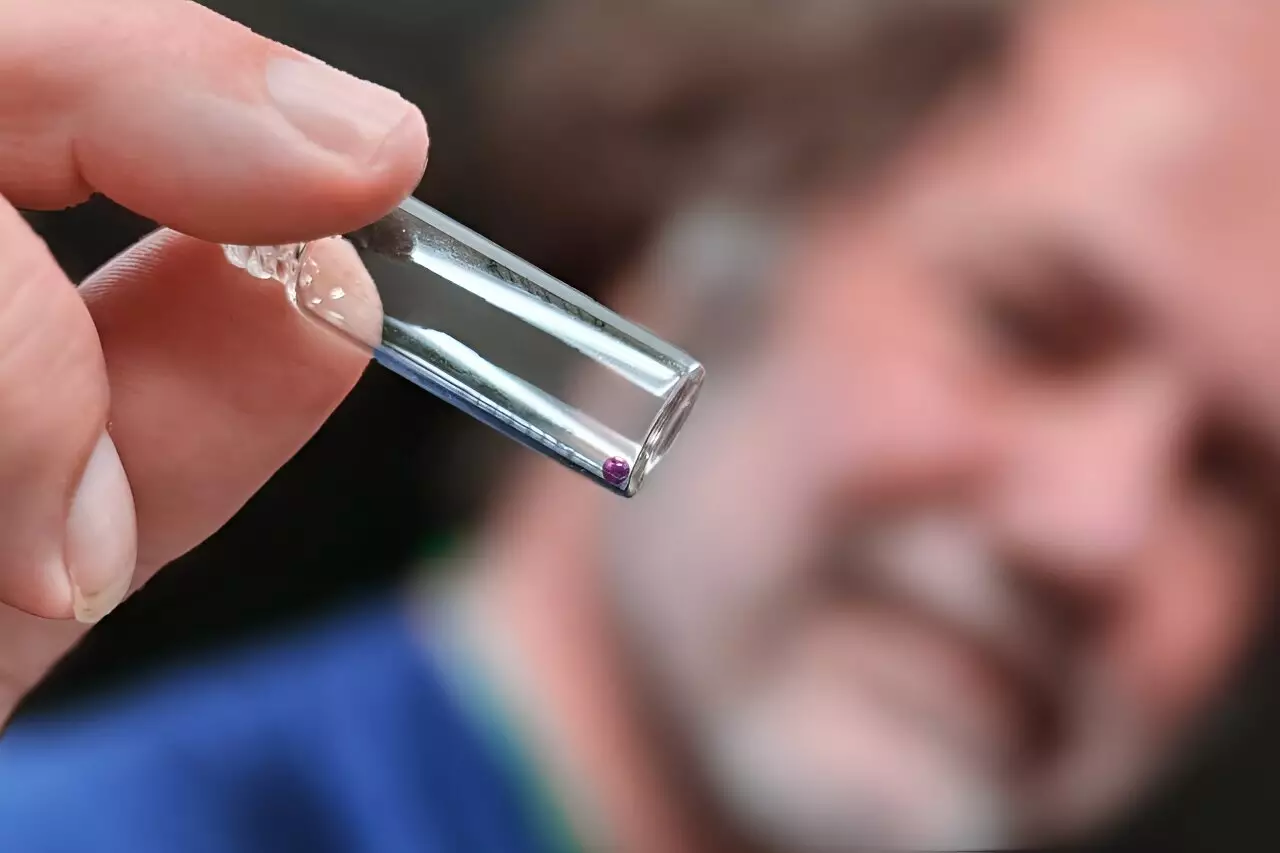The realm of space has always fascinated scientists and researchers due to the unique conditions it offers for experimentation. Thanks to human ingenuity and the absence of gravity, the field of material science has benefited greatly from studies conducted in space. From the development of smartphones with advanced navigation systems to futuristic optical devices, space-based research has opened up new avenues for innovation.
A team of researchers from various prestigious institutions, including the Department of Energy’s Oak Ridge and Argonne National Laboratories, Materials Development Inc., NASA, JAXA, ISIS Neutron and Muon Source, Alfred University, and the University of New Mexico, embarked on a groundbreaking project to explore the possibilities of manufacturing materials in space. Their research, published in the journal npj Microgravity, highlights the potential of creating innovative materials that are not readily available on Earth.
One of the key findings of the research involved studying glass samples manufactured and melted in space using a levitator aboard the International Space Station (ISS). By comparing the atomic structure and arrangements of space-made glass with their terrestrial counterparts, the researchers were able to shed light on the unique properties of glass formed in microgravity. The innovative use of techniques such as neutron diffraction and X-ray analysis provided valuable insights into the composition of space glass.
Glass, contrary to popular belief, is not a simple material with a uniform atomic structure. Its complex arrangement of atoms gives rise to various forms, including polymer, oxide, and metallic glasses, each serving distinct purposes in different applications. The researchers’ experiments with neodymium and titanium oxides in 2022 revealed the potential for optical applications, paving the way for future advancements in the field of glass science.
Neutrons and X-rays played a crucial role in studying the space glass samples, allowing researchers to visualize the atomic arrangement of different elements within the material. Neutrons helped in identifying lighter elements like oxygen, while X-rays were instrumental in detecting heavier elements such as neodymium and titanium. The combination of these techniques provided a comprehensive understanding of the space glass’s composition and highlighted the differences between space and terrestrial glass.
As scientists continue to explore the mysteries of matter in space, the use of advanced techniques and tools, like neutron diffraction and X-ray analysis, will be paramount. Understanding the effects of space on material formation and behavior will unlock new possibilities for developing innovative materials and devices with unprecedented functionalities. The collaborative efforts of researchers from around the world underscore the importance of space-based material science in driving scientific progress and technological innovation.


Leave a Reply